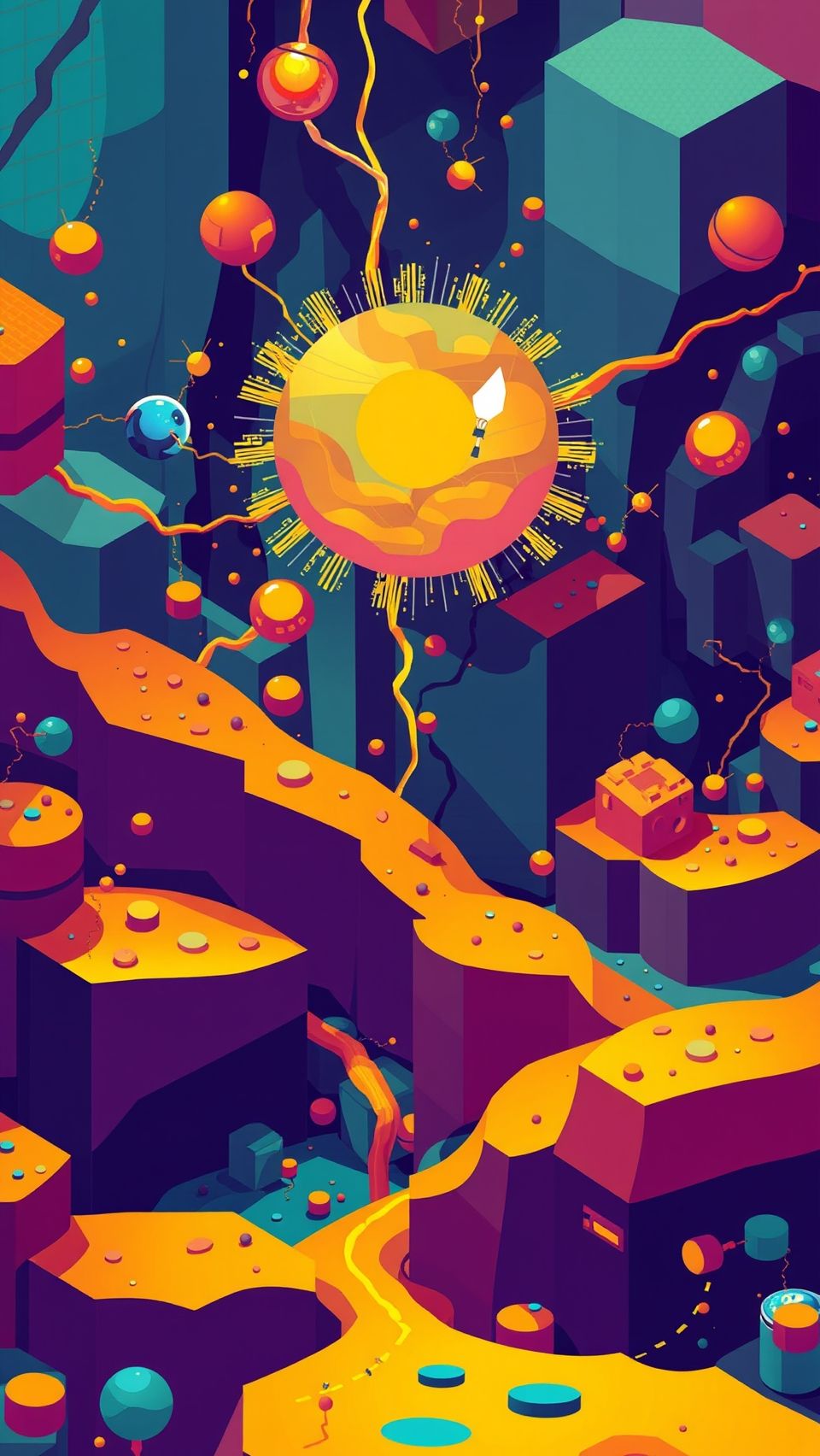07. May 2025
Ancient Microbe Rewrites Electricity Rules

Scientists have identified a new species of bacteria that exhibits remarkable electrical conductivity, challenging our understanding of the intricate relationships between microorganisms and their environments. Candidatus Electrothrix yaqonensis, named after the Yaquina tribe of Native Americans that once inhabited the region where the bacteria were found, is a type of cable bacteria that has been hitherto unknown to science.
Cable bacteria are rod-shaped microbes that form long filaments by connecting at both ends to one another, much like electrical wires. These unique organisms have evolved to harness and utilize electrons generated through a complex metabolic process. In this process, sulfides in their deeper layers are oxidized, producing electrons that are then transported to the surface layer, where they are received by oxygen and nitric acid.
The 25 species of cable bacteria currently recognized have been divided into two genera: Candidatus Electrothrix, which inhabit saltwater environments, and Candidatus Electronema, which thrive in fresh and brackish water. The newly discovered Candidatus Electrothrix yaqonensis occupies a unique position within this classification system, exhibiting characteristics that blur the lines between these two genera.
The discovery of Candidatus Electrothrix yaqonensis was made on a brackish beach in Oregon, where the bacteria were found to thrive in a region with a diverse range of marine and freshwater ecosystems. The region’s complex chemistry, influenced by the nearby Yaquina Bay, created an ideal environment for this newly identified species to emerge.
The bacterial filament of Candidatus Electrothrix yaqonensis is distinguished from its predecessors by its robust outer shell, which features thicker ridges than previously recorded cable bacteria. These ridges, measuring up to 228 nanometers in thickness, are arranged in a spiral-like pattern on the surface of the filament and exhibit an angular shape that diverges from the smooth curves observed in other species.
The surrounding sheath of Candidatus Electrothrix yaqonensis is a transparent structure that envelops the filament, serving as both a protective barrier against environmental stresses and foreign invaders, while also facilitating the bacteria’s unique electrical conductivity. Researchers at Oregon State University have described this layer as “a remarkable example of evolutionary innovation.”
According to Cheng Li, a postdoctoral researcher and coauthor of the research, studying Candidatus Electrothrix yaqonensis may uncover key insights into how these organisms developed their remarkable electrical properties and adaptability to diverse environments. “By exploring the unique characteristics of this species,” Li said, “we can gain new perspectives on the complex relationships between microorganisms and their ecosystems.”
The discovery of Candidatus Electrothrix yaqonensis has significant implications for our understanding of cable bacteria evolution and the intricate relationships between microorganisms and their environments. As scientists continue to unravel the secrets of this remarkable bacteria, they are gaining valuable new perspectives on biotechnology and environmental science.
This breakthrough opens doors for future research opportunities, as researchers eagerly anticipate further studies on Candidatus Electrothrix yaqonensis. With its unique electrical conductivity and adaptations to the Oregon brackish beach environment, this species has undoubtedly cemented its place in the annals of microbiology history.
The discovery of Candidatus Electrothrix yaqonensis serves as a poignant reminder that there is still much to be discovered about the relationships between life on Earth and our surroundings. As researchers continue to explore the fascinating world of microorganisms, they are illuminating new avenues for research and fostering a deeper understanding of our planet’s microbial biodiversity.
By pushing the boundaries of scientific inquiry into the uncharted territories of microbiology, researchers like Cheng Li and their team at Oregon State University are advancing our knowledge of the complex interactions between microorganisms and their environments.